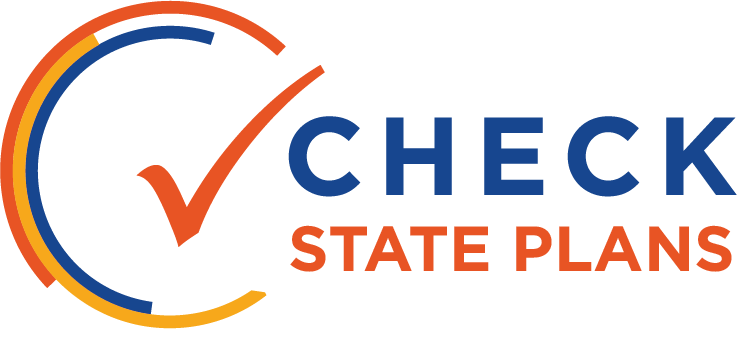
INDICATORS

Montana has chosen a lengthy list of potentially high-quality indicators to include in its accountability system.
They include: academic achievement, academic growth, English-language acquisition, graduation rates, science proficiency, chronic absenteeism, college and career preparedness, and school quality measures.
The state deserves credit for including its science assessment (currently the CRT, changing to the new NGSS test in 2020) in its accountability system, which will help address concerns about curriculum narrowing. This decision signals schools to pay attention to student performance beyond reading and math. Because Montana mentions STEM education as a goal in the opening of its plan, it could go even further to ensure that the indicator measures the “TEM” (technology, engineering, and math) of STEM.
Montana’s weight for its satisfactory attendance indicator seems high. The state counts chronic absenteeism as 20 percent of the summative accountability score for K-8 schools and 15 percent for high schools. It is only five points lower than the academic achievement weight, giving it almost the same importance. This approach diminishes the focus on academic performance and may permit schools to improve their ratings without improving achievement or closing gaps.
Montana took an innovative approach to its school quality indicator.
Rather than selecting a single measure, the state provides a menu of indicators covering a variety of important areas that vary between elementary, middle, and high school, including school climate, student behavior, and student engagement. Montana chose this indicator to show the state’s commitment to creating positive learning environments, using data effectively, and implementing evidence-based practices with fidelity. However, the list of factors contributing to such an indicator is vague and may be difficult to quantify. It will be critical to ensure that the factors included here are ultimately compliant with the law’s requirement for the school quality indicator to be valid, reliable, and comparable across all schools and districts statewide.
Montana’s “college and career preparedness” indicator is noteworthy and should help more students across the state access these opportunities.
The state proposes reporting the percentage of students who are postsecondary-ready, as evidenced by demonstrating college readiness (earning at least one of these: a college-ready benchmark on the ACT, completion of a dual enrollment course, college credit via the Advanced Placement or International Baccalaureate exam, or a concentration in career and technical education). Including participation and a passing grade in an AP or IB course is a positive step that could yield powerful information about student postsecondary preparedness—but including performance on an AP or IB exam would be a more accurate indicator of college and career preparedness.
 OVERVIEW
OVERVIEW






